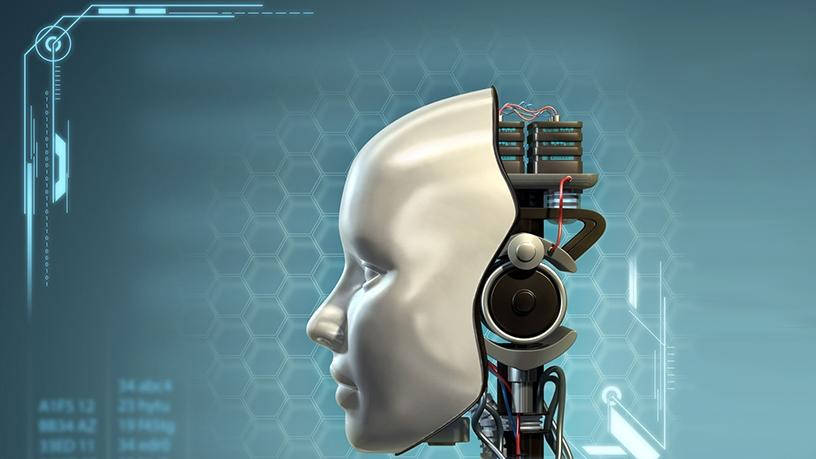
Worldwide spending on robotics and drones solutions will total $103.1 billion in 2018, an increase of 22.1% over 2017, according to Data Corporation (IDC) Worldwide Semiannual Robotics and Drones Spending Guide forecasts.
By 2021, IDC expects this spending will more than double to $218.4 billion with a compound annual growth rate (CAGR) of 25.4%.
Robotics spending will reach $94 billion in 2018 and will account for more than 90% of all spending throughout the 2017- 2021 forecast, it adds. IDC notes industrial robotic solutions will account for the largest share of robotics spending (more than 70%), followed by service robots and consumer robots.
Discrete and process manufacturing will be the leading industries for robotics spending at more than $60 billion combined in 2018, says the research firm. It adds that the resource and healthcare industries will also make significant investments in robotics solutions this year. Also, the retail and wholesale industries will see the fastest robotics spending growth over the forecast with CAGRs of 46.3% and 41.2%, respectively.
"Industrial robots are becoming more intelligent, human-friendly and easier to work with," says Jing Bing Zhang, research director, robotics for IDC.
"This has accelerated their rapid expansion in the manufacturing industry beyond automotive, especially in high-tech manufacturing that requires light-weight robots with higher precision, flexibility, mobility and collaborative capability. Vendors who are not able to meet such demands will see their market position quickly eroded."
John Santagate, research director, service robotics for IDC, says growth in the service robotics market is being driven by a collision of robotic technology maturity, market readiness, and related technology maturity.
"Robots did not reach this point overnight - it has been a decades-long effort to bring robots to the point they are today. Over time, innovators have been building upon existing technology and layering new and emerging technology onto robotic devices.
"We have reached a point now where the mechanics of robots are mature and the addition of artificial intelligence, advanced vision systems, cloud applications, Internet of things, and continued mechanical innovation has enabled safe, collaborative robots that are working with people rather than replacing people."
Meanwhile, IDC says worldwide drone spending will be $9 billion in 2018 and is expected to grow at a faster rate than the overall market with a five-year CAGR of 29.8%. It notes enterprise drone solutions will deliver more than half of all drone spending throughout the forecast period with the balance coming from consumer drone solutions.
The research firm says enterprise drones will increase its share of overall spending with a five-year CAGR of 36.6%. The utilities and construction industries will see the largest drone spending in 2018 ($912 million and $824 million, respectively), followed by the process and discrete manufacturing industries, it adds. The fastest growth in drone spending will come from the education (74.1% CAGR) and state/local government (70.5% CAGR) industries, says IDC.
Share